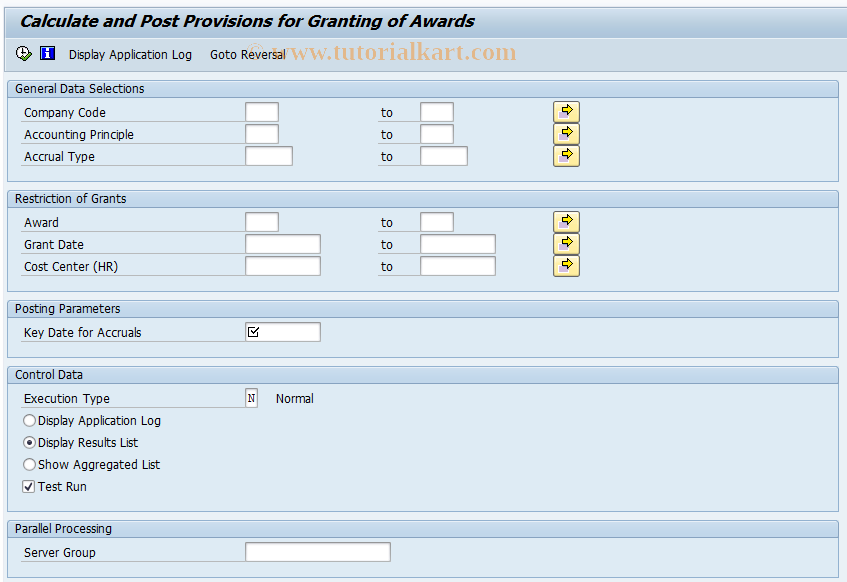SBEM calculations are required in order to produce an updated or new energy performance certificate (EPC). The EPC evaluates a building from one to 100; the higher the rating the more efficient the building is. There are two types of SBEM calculations: the “as-built’ EPC and the ‘new’ EPC. Both of these calculations are completed before a project can be approved.
As-Built stage
There are two stages to SBEM calculations The design stage and the as-built stage. The design stage is where assessors review the plans and the proposed specification for the building. They then assess the design to determine if it is compliant. They then work with clients to come up with solutions that meet the requirements. As-built refers to when the construction is almost complete. At this stage, assessors update their calculations to include the final specifications for fitting-out. Final certificates are issued after the calculations have been approved.
In the design phase of SBEM calculations, the expected energy performance of the building is calculated. This information is then used to make an energy performance certificate. This certification is required for certain types of buildings, including leisure centres and warehouses. Certain conversions and extensions to commercial buildings should be subject to SBEM calculations.
Design stage
SBEM calculations are not a straightforward process. The final numbers will differ according to the type and construction. New builds will need an as-built report and design stage report as well as extensions and conversions. will require a notional report and proposed report. The design stage report will describe the exact details of construction and include boiler models. These reports form the basis for an EPC.
The SBEM Calculations calculate the energy consumption and energy efficiency of a building, and the materials used to build it. They also look at heating systems as well as renewable energy sources.
Benchmarking
SBEM calculations are required to update or new energy performance certificates (EPCs). They assign properties a score between 1 and 100. A higher score indicates an energy-efficient structure. There are two kinds of SBEM calculations: design stage and as-built. L2B calculations are applicable to extensions and conversions. The proposed report includes information about construction and boiler models. When combined, these reports form the EPC.
The SBEM method employs an easy formula to calculate the energy needed to heat, ventilate and light a nonresidential building. This method is backed by regulations from the government and is an important step in the direction of greener buildings. This calculation evaluates the Building Emission Rat (BER) with the target Emission Rat (TEER), and determines if the building’s energy efficiency.
Carbon footprint
The carbon footprint of SBEM calculations can give you an idea of how your home is performing in terms of energy use and carbon emissions. These calculations are comparable to the SAP calculations for non-residential buildings. They take into account factors like air-tightness and U values. sap calculation gives you a complete view about the performance of your property. These calculations can be used to assist you in improving your energy efficiency and reduce the carbon footprint of your property.
The construction of buildings of a certain size will usually require a SBEM calculation to determine the energy performance. The process is conducted in two steps – the design stage calculations prior to when construction begins and the final stage calculations after the building has been built. A new build building must have both of these calculations to conform to building regulations, and SBEMs are a crucial element of the process. They are also a legal requirement for new developments and play an essential part in the movement towards greener buildings.

An Explaination of SBEM Calculations



